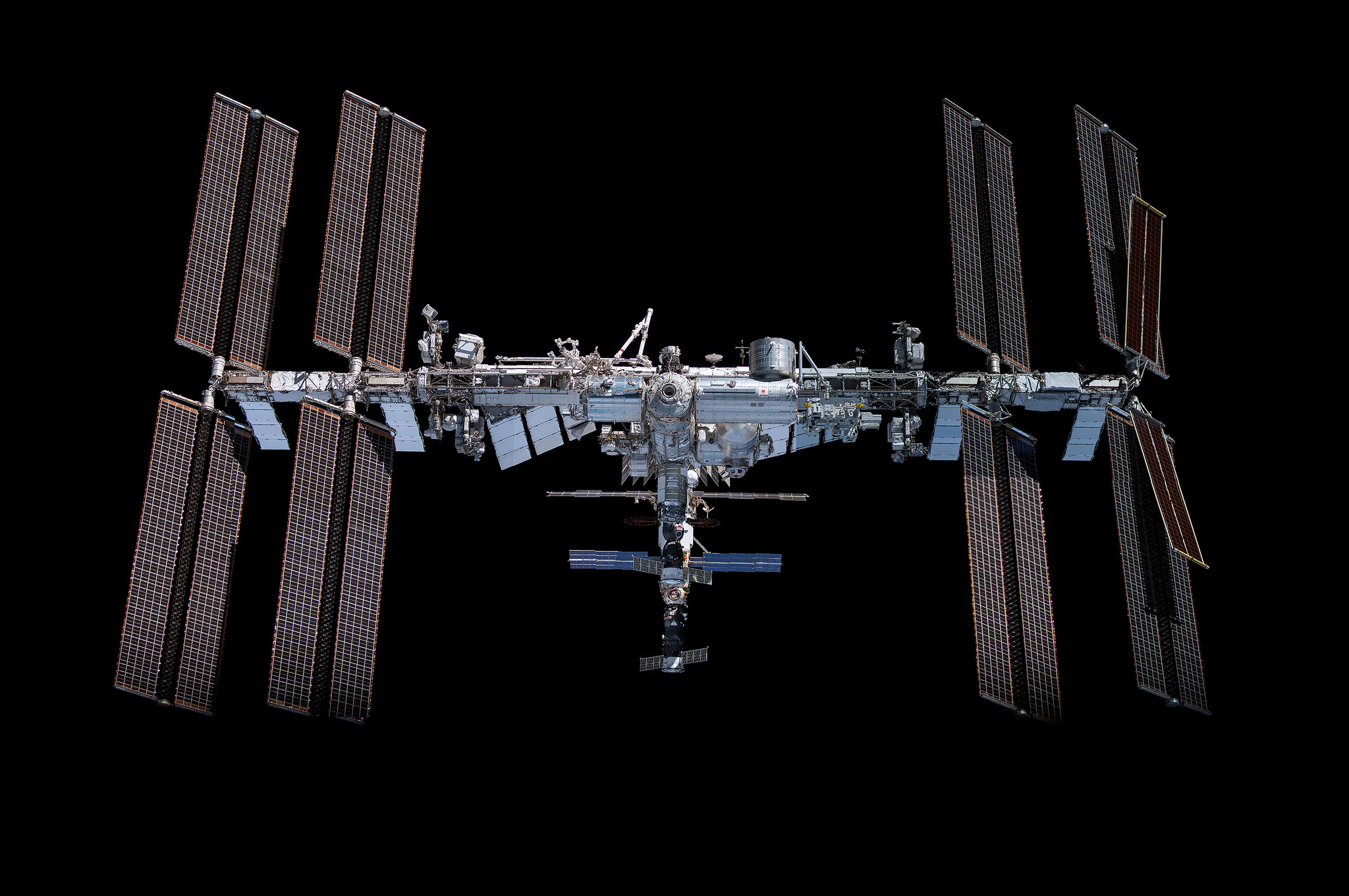NASA has great plans for the International Space Station (ISS). It was launched into space on November 20, 1998, and it is one of the largest and most important space laboratories in the world. During this time, it has become a symbol of international cooperation in space exploration and the study of microgravity conditions.

The ISS was designed as a collective project involving five space agencies: the Canadian Space Agency, the European Space Agency, the Japan Aerospace Exploration Agency, the National Aeronautics and Space Administration, as well as the Russian Roscosmos. Each of these agencies is responsible for the management and control of individual modules and equipment of the ISS.
For more than 22 years, the ISS program has given us many important scientific discoveries. The station conducted research in the field of astrobiology, astronomy, meteorology, physics and many other scientific fields. This has allowed us to expand our understanding of the space environment and its impact on living organisms.
Future of the ISS
Nevertheless, it’s time to think about the future of the ISS. NASA has decided to de-orbit the station and complete its program at the end of 2030. The main reason for this decision is the need to avoid potential threats to human settlements on Earth. However, taking the station out of orbit is a difficult task, so NASA is looking for a solution.
The agency has already published a request for proposals from the American industry for the development of the U.S. Deorbit Vehicle (USDV) spacecraft, which will be responsible for performing this task. This opens up opportunities for private companies and individual entrepreneurs to take part in the important mission of removing the station from orbit and destroying it in a safe place for people.
Financial transparency
However, such an initiative also has a financial aspect. NASA provides an opportunity for bidders to offer their prices and conditions that will help optimize the cost of the project for the government. The final part of the contract will have a fixed price, which will ensure transparency and reliability of operations.
The main goal is to ensure safety and compliance with all standards in the process of launching the ISS from orbit. It will also preserve access to space for future research, technology development and international cooperation. The United States plans to move its operations in low Earth orbit to commercial platforms, which can open up new opportunities for private companies in the field of space research.
However, the end of the ISS program does not mean the end of space exploration. Now NASA is actively working on future international projects aimed at studying the Moon, Mars and other extremely important objects in the solar system. The ISS has become an important step in the development of space science and research, and future projects promise even more exciting discoveries in this fascinating field.
Earlier, we reported on how NASA began accepting applications for the disposal of the ISS.
According to NASA
Follow us on Twitter to get the most interesting space news in time
https://twitter.com/ust_magazine
